The Stall Speed of a Stock Torque Converter
Posted on June 07 2021

The Stall Speed of a Stock Torque Converter
If you have a manual transmission, you've probably never heard of a torque converter before, and unless you're a mechanic, don't sweat—it's not really something you need to worry about. But if you have an automatic transmission, it’s beneficial to understand what torque converters are all about.
These converters are the equivalent of a clutch for automatic transmissions. They give the transmission the power it requires to smoothly function and you the power to drive easily and safely. If you're wondering what a torque converter is and what the stall speed of a stock torque converter is, read on to learn more.
What's a Torque Converter?
The first thing you'll probably notice about torque converters is their unusual shape—they look like huge, metal donuts. Torque converters are located directly between the engine and transmission.
Inside of the converter are two series of opposite-facing curved blades. In terms of appearance, they’re similar to fans. The one located on the transmission side is called the impeller, and the other one is known as the turbine. There's also another smaller set of fan-like blades in between them called the stator.
You can also expect to see a whole lot of transmission fluid. As RPM increases, so does the fluid flow inside of the converter. The fluid eventually begins to move the impeller, which directs it to the turbine, which causes the blades of the turbine to start spinning. As these blades spin, the power they generate is transferred to the transmission.
What Is Stall Speed? Why Does It Matter?
So, what’s the stall speed of a stock torque converter? Stall speed is defined as the amount of RPM the engine can reach prior to the wheels turning when the brakes are locked and the transmission is in gear.
Essentially, it's a rating of the converter's performance. The higher the stall speed, the faster your vehicle can accelerate and launch out of a dead stop. Most stock converters have a stall speed of 1500-2500 RPM, but aftermarket converters can double and occasionally triple that amount.
Choosing the Right Torque Converter
When you’re choosing a torque converter for your vehicle, factor in vehicle weight, the type of fuel system, the transmission model and year, and more. The right torque converter for your car is dependent on dozens of factors, but there are a few basic guidelines that can help narrow down your choices.
To start, consider the power curve and torque output. The converter you choose should have a stall speed that locks up near the engine's peak torque. You might also want to get a converter with a decent stall speed range. The broader the range, the more engines and power curves the converter will accommodate. Next, consider the size and weight of your truck. In general, vehicles that are larger and heavier require a higher stall speed than smaller, lighter ones.
If you need Cummins performance parts for your vehicle, Dr. PerformanceRX has what you need. Come and check out our selection of performance modules, replacement parts, and more today!
